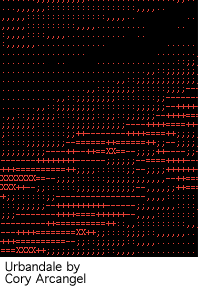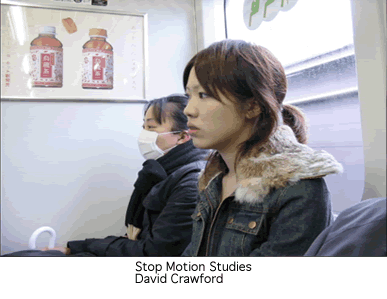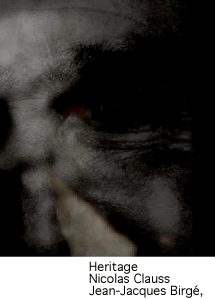



I always know that my television has drifted over to the Fox network
when I catch a glimpse of a teaser for an upcoming news story about
"internet predators;" the well of horror tales involving fake
identities and malicious wrongdoers lurking on the internet never
seems to run dry. The motif of a 50 year old married man hiding behind
a myspace page designed to capture the interest of young girls, or
armies of vicious bloggers passing off rumors as news (which, in turn,
give the "real news" – that which is on TV and in the newspaper – a
chance to restate their authority) – these sort of morality tales have
been covered to death by the mainstream media as they feed our
communal desire to fear the unknown. And what, frankly, could be more
unknown than technology that offers to connect strangers to one
another and the opportunity to experience another form of reality?
It is this constant interaction with the new – new people, new places,
new perspectives – that gives us insight we might not otherwise
encounter. Honesty may seem like a hokey notion in "real-life," but in
an environment like Second Life, honesty is all you have. Absent
social cues, history, nature, all one has to go on is the trust in
another that this is how they view reality, and to interact with
anyone on a meaningful level, that version of reality must be
accepted. If I show you that my avatar is a grey alien, you and I both
know that I am not an alien in my day-to-day life, but it is
unmistakable that my choice of the alien as an avatar reveals some
sort of truth about me. If I show you a tree in Second Life, you and I
both know that that tree will never grow and never die – that, on some
level, it is not real or not a "true tree" – and yet we accept its
reality within this environment. We agree to accept the tree or the
avatar, entering into a contract where we decide to trust one
another's personal visions of the world. The artists in this show do
much the same sort of thing: They set up a series of conditions out of
which a sense of honesty springs forth.
In the Stop Motion Studies by David Crawford, the minute twitches and
cues that abound in daily interactions are edited together, creating
their own language and communication system. These tics – these tiny
gestures – are the kinds of things we're socialized to ignore, and yet
they are what many people miss in an environment like Second Life,
where interactions are smoothed over and these gestures are absent.
In Urbandale, Cory Arcangel asks us to question the images we
see. He has created here a convincing landscape rendered in Ascii – an
outmoded and old-fashioned way of devising images using text. As the
viewer watches the movie, it is undeniable how beautiful the images
are – but to what does this beauty belong? Is it the landscape itself,
the technology used to capture it, or the artist's time-consuming way
of creating the work which is the root of its beauty?
In Heritage by Nicolas Clauss and Jean-Jacques
Birgé, speeches by George Bush sr & jr are
interspersed with sounds of troops marching in formation, horses
whinnying, and other stock "dramatic" noises. The film is captured in
a way so as to convey one's worst nightmare; the graininess of the
footage looks like something from a concentration camp or from a
grisly crime scene. It reminds me in this way of emails that were sent
back and forth to friends in the frenzy leading up to the 04 election.
The sense that the world's fate hung in the balance was ever-present.
That palpable fear – it was real – in a way that few things are – and
it arose from an honest and truthful concern for the world around us.
-amy wilson
